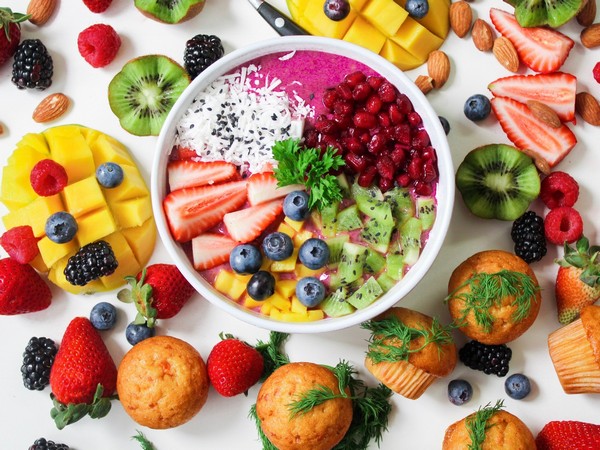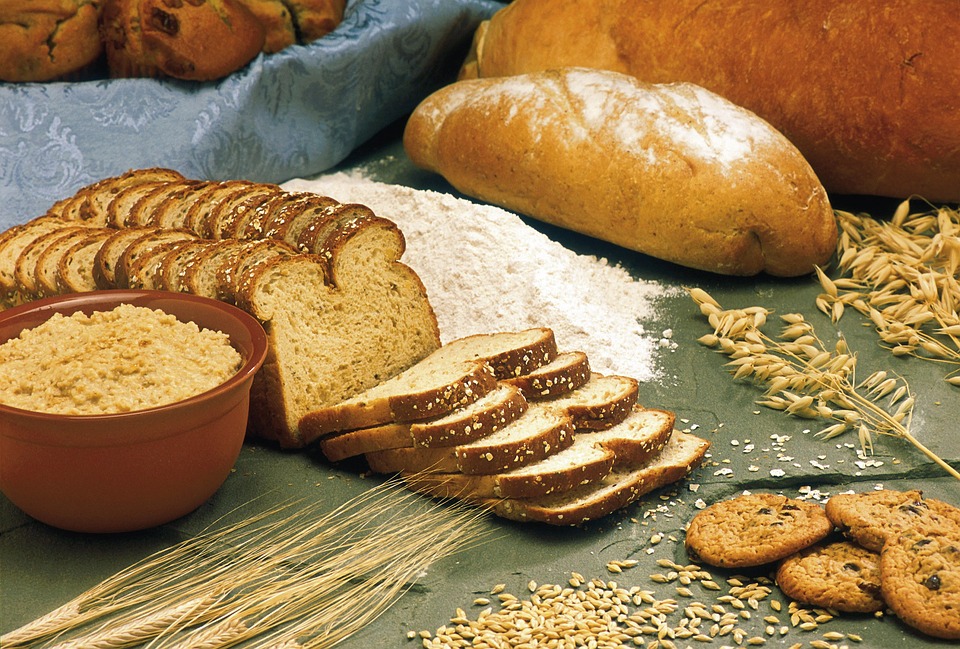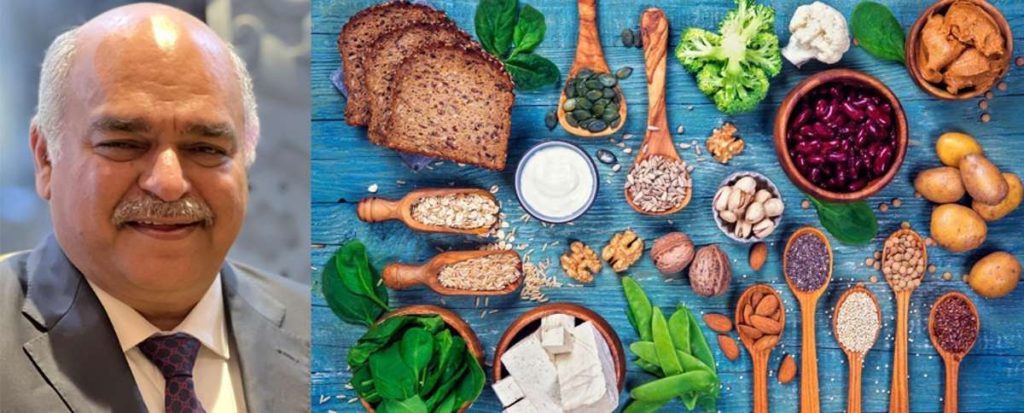Natural proteins though unprocessed, yet contain a balanced blend of macro (proteins & fats) and micro (vitamins & minerals) nutrients…reports Asian Lite News
So here is one of the most debatable topics amongst all fitness enthusiasts and nutritionists worldwide. When it comes to meeting your daily protein requirements, both eating protein-rich foods and drinking protein supplements can be effective. However, the choice between eating protein and drinking protein depends on individual goals, preferences, and dietary restrictions.
Archi Garg, Nutritionist at Chicnutrix, shares her expert opinion to help you make the right choice.
Average daily requirement: Firstly, it is important to understand the average daily protein requirement for every individual. Protein in any form, either natural or artificial, is very essential to carry out normal body functions. The daily requirement for protein may vary according to age, weight, gender, and level of physical activity. Still, it ranges between 46-63 grams for adults and 65 grams for pregnant and lactating females.
Nutritional profile: Natural protein sources and protein supplements (powders, juices and shakes) are both complete proteins; however, the rest of their nutritional profile is entirely different. Protein supplements are single isolated macronutrient. They provide 18-25 grams of protein, no fat, minimal carbohydrate and no vitamins and minerals, as they are all processed. However, nature does not provide protein or, in fact, any macro or micronutrient in isolation, which in itself is a blessing.
Natural proteins: Natural proteins though unprocessed, yet contain a balanced blend of macro (proteins & fats) and micro (vitamins & minerals) nutrients. These nutrients work together to keep the body functional, ensuring all the dietary requirements are met at all levels simultaneously. It packs protein with required good fats, vitamins and minerals to build muscles while repairing tissues, maintaining weight, and keeping a check on body fat and thus maintaining overall health. However, sometimes they may not provide all essential amino acids. Also, some of the natural protein sources are animal-based and might not be a suitable option for vegetarian and vegan people.

Protein Supplements: All protein supplements are artificial sources, and they provide all essential amino acids in the required quantity. In liquid forms, such as protein juices, protein is easy to absorb and digest. Also, these protein supplements are more convenient and instant to consume and thus play the role of a go-to meal. However, most of the protein supplements contain artificial colours and preservatives, which are harmful to the body. Long-term use of protein supplements can also pose certain health challenges like digestion issues, nausea, bloating, etc. Hence, it is important to choose protein supplements through a certified and trusted brand.
Which one is better? While most people believe that protein supplements only help more to gain muscles, it is less known that protein supplements also help in fulfilling daily protein intake. Protein supplements may not necessarily be required for everyone, but can be helpful in certain situations where it may be challenging to meet your daily protein requirements through food alone. It seems more convenient and lucrative to use protein supplements as it doesn’t include much effort, especially when you’re on the go or don’t have the time to prepare a protein-rich meal. Although it is always advisable to use natural sources of protein to maintain weight, build muscle, or stay healthy. We can achieve all our fitness goals and maintain great health by choosing a balanced diet consisting of protein-rich foods in our diet.
ALSO READ-Next decade of student housing in India


























